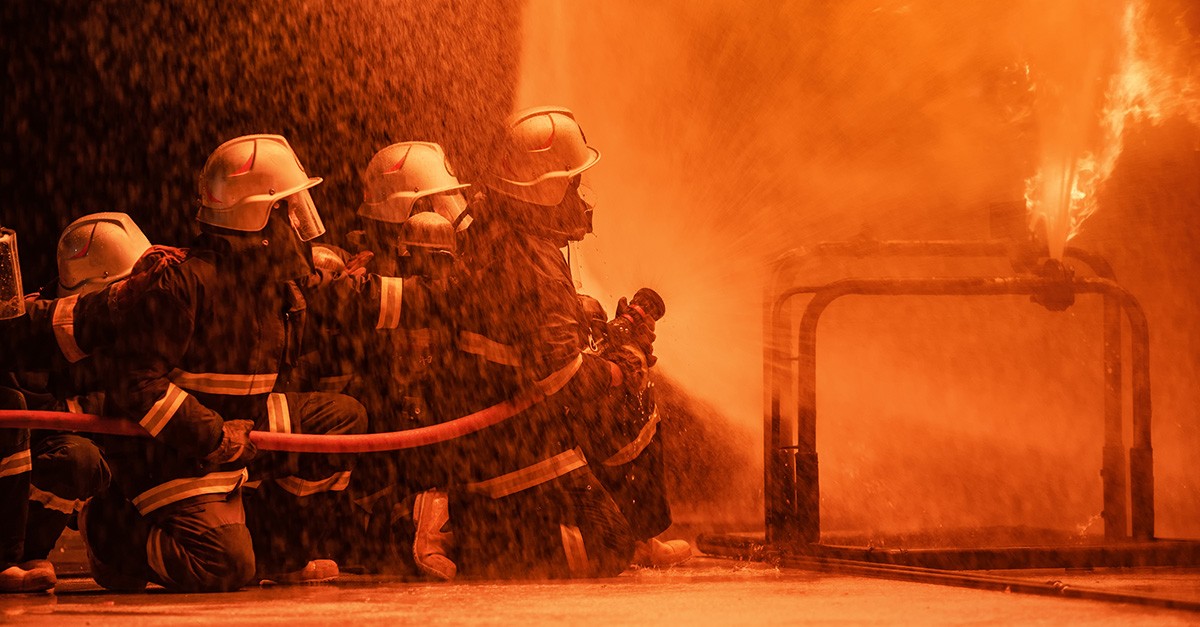
Ramén Valves, 12 December
How to select valve automation for hazardous areas
Selecting valve automation equipment for hazardous areas involves careful consideration of safety standards, compliance with regulations, and the specific requirements of the environment.
Here are the steps to select valve automation equipment for use in hazardous areas:
Understand the Hazardous Area Classification:
Begin by understanding the hazardous area classification for your facility. Hazardous areas are typically classified into zones (e.g., Zone 0, Zone 1, Zone 2 for gases) or divisions (e.g., Division 1, Division 2 for North American classifications) based on the types and concentrations of hazardous substances present. Know the classification for your area to determine the level of protection required.
Identify Valve Automation Needs:
Determine the specific automation requirements for your valves. Consider factors such as valve type (e.g., ball valve, butterfly valve, globe valve), control requirements (e.g., on/off, modulating), and the need for fail-safe or emergency shutdown capabilities.
Select Intrinsically Safe or Explosion-Proof Equipment:
Depending on the hazardous area classification, choose valve automation equipment that is intrinsically safe (IS) or explosion-proof (Ex). Intrinsically safe equipment is designed to prevent electrical or thermal energy from causing ignition, while explosion-proof equipment is designed to contain any explosion that might occur within it.
Check Equipment Certifications and Standards:
Ensure that the valve automation equipment is certified and compliant with relevant safety standards and regulations. Certifications such as ATEX (Europe), IECEx (International), UL (Underwriters Laboratories), and FM (Factory Mutual) indicate compliance with safety requirements.
Evaluate Temperature Ratings:
Consider the temperature ratings of the equipment, ensuring they match the operating temperature range within the hazardous area. Equipment should not exceed the maximum allowable surface temperature to prevent ignition.
Assess Compatibility:
Verify that the selected valve automation equipment is compatible with the specific hazardous substances present in the area, whether they are flammable gases, vapors, or dust. Ensure that materials and coatings are appropriate for the environment.
Review Valve Type and Design:
Consider the type and design of the valves you are automating. Different valve types may have unique requirements and mechanical considerations.
Plan for Maintenance and Inspection:
Valve automation equipment in hazardous areas may require specialized maintenance and inspection procedures. Ensure that the equipment allows for safe maintenance and inspection and that these procedures are documented.
Operator Training
Provide thorough training to personnel working in hazardous areas. Operators should be well-versed in the safe operation and maintenance of valve automation equipment. Training is essential for preventing accidents and ensuring compliance with safety protocols.
Consult with Experts:
Seek guidance from experts, including electrical engineers, safety specialists, and valve automation equipment manufacturers with experience in hazardous area applications. They can provide valuable advice and recommendations.
Documentation and Records:
Maintain comprehensive records of equipment certification, inspection, maintenance activities, and any modifications made to the valve automation system. Documentation is crucial for regulatory compliance and safety auditing.
Regular Auditing and Inspections:
Establish a schedule for regular auditing and inspections to ensure that valve automation equipment continues to meet safety standards and regulatory requirements.
 Language
Language Swedish
Swedish English
English
